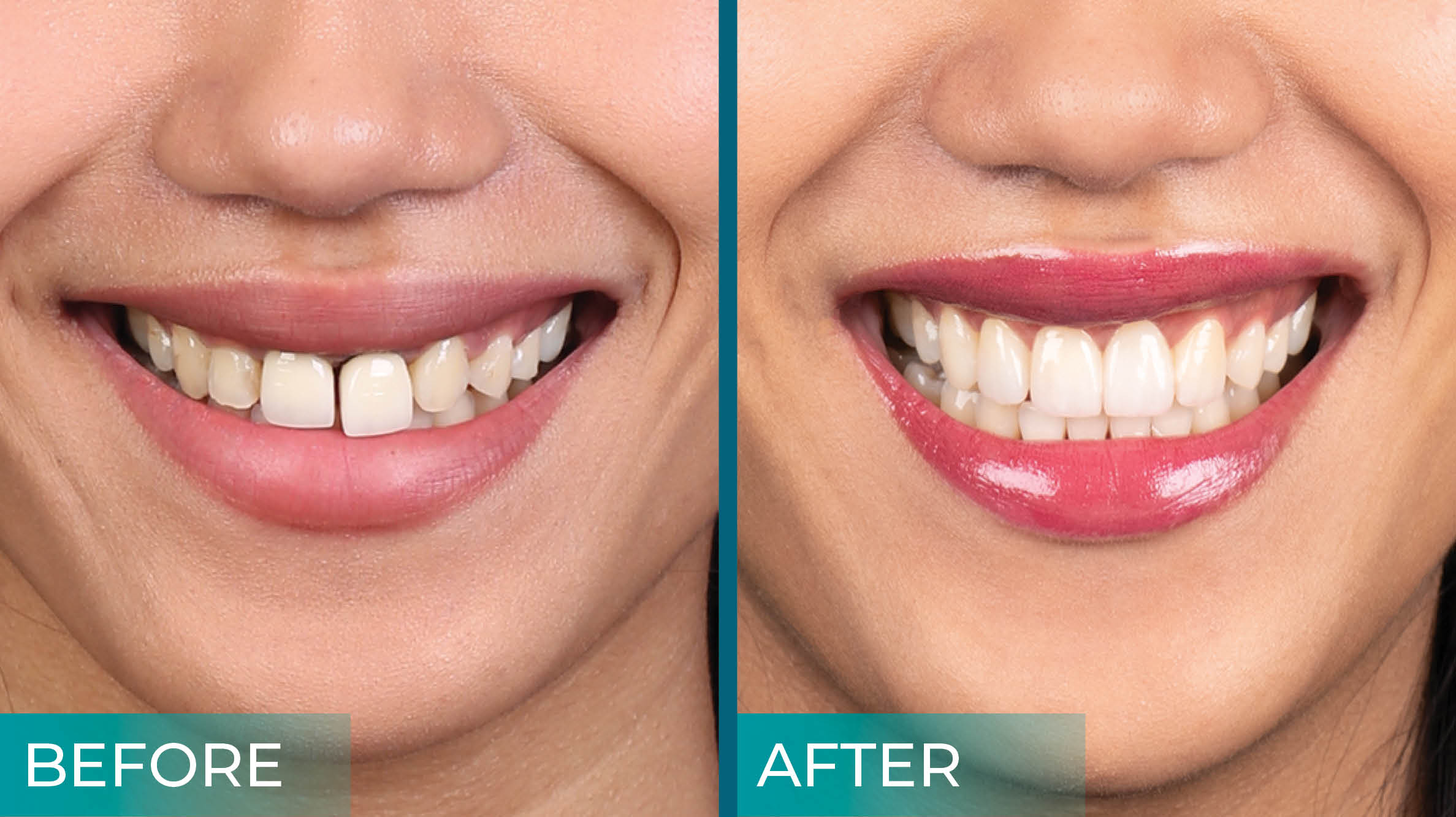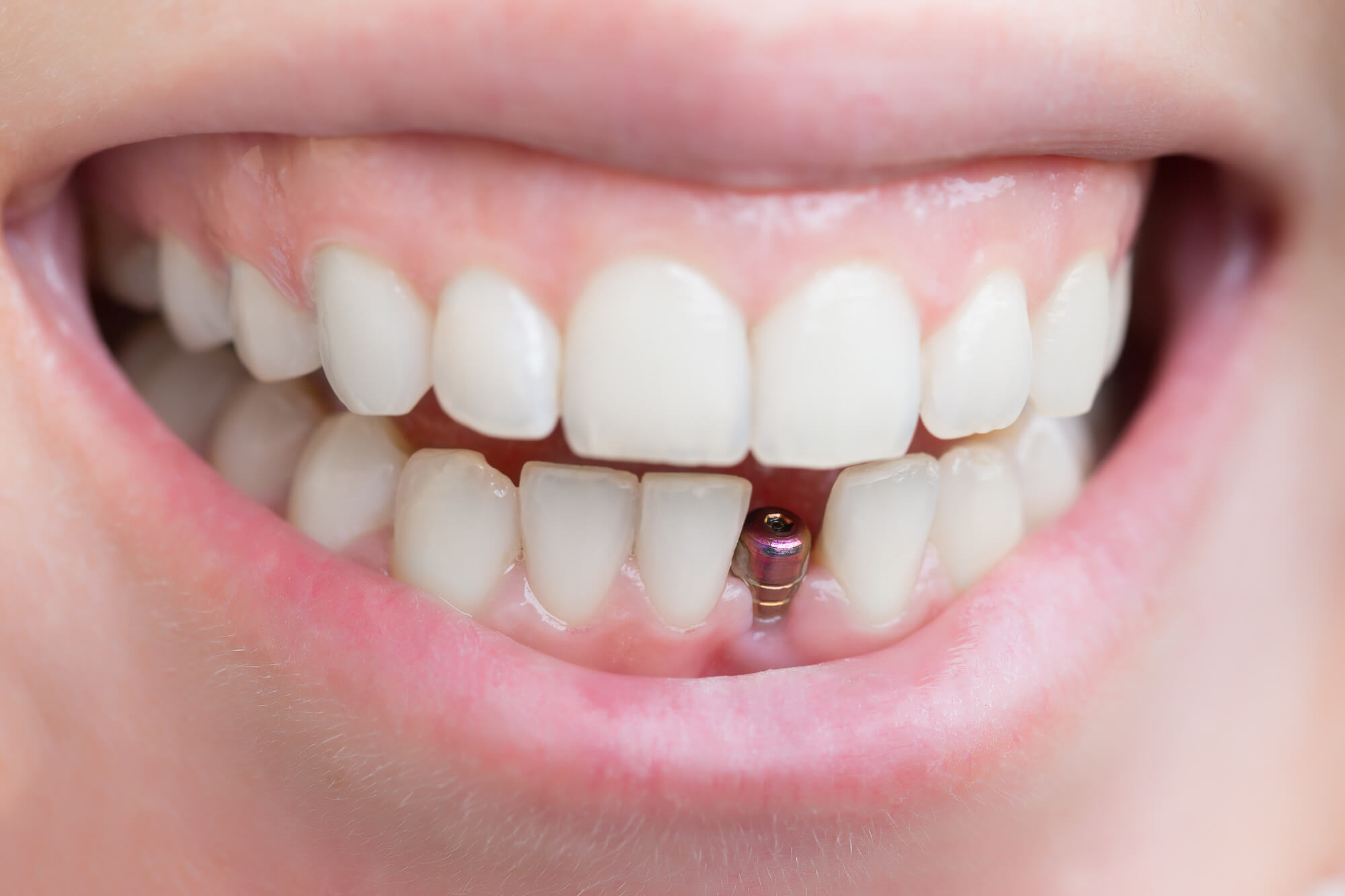
Comparision between Porcleain vs PFM crown: Which is better?
At Picasso Dental Clinic in Hanoi, we offer a range of dental crown options. However, our preferred choice for many patients is the use of all-ceramic (porcelain) crowns instead of PFM crowns. These crowns, particularly those made of e.max® and zirconia, come with several benefits that make them an excellent option for dental restorations:
- Enhanced Aesthetics: When compared to PFM crowns, all-ceramic crowns are renowned for their natural-looking appearance. Unlike PFM crowns, which require an opaque porcelain layer to hide the metal framework underneath, all-ceramic crowns maintain a translucent quality that mimics the look of a real tooth. Additionally, PFM crowns may reveal the grayish metal at the gumline over time, while all-ceramic crowns remain consistently white. With the ability to customize the shade and blend them seamlessly with your natural teeth, all-ceramic crowns are the ideal choice for restoring highly visible teeth.
- Hypoallergenic: For patients with metal allergies, we highly recommend hypoallergenic all-ceramic crowns over PFM crowns. PFM crowns can lead to gum irritation and inflammation, accelerating gum recession over time.
- Strength and Durability: Our state-of-the-art e.max® and zirconia all-ceramic crowns offer exceptional strength and durability, making them suitable for use on molars. In fact, these crowns are as strong as, if not stronger than, PFM crowns. While PFM crowns are prone to chipping or breaking off over time, all-ceramic crowns maintain their integrity.
- Preservation of Natural Teeth: PFM crowns can cause wear on natural tooth enamel due to contact during chewing, clenching, or grinding. This wear can impact your bite and make your natural teeth more vulnerable to decay and sensitivity. All-ceramic crowns have a smoother surface, minimizing wear and protecting your natural teeth.
- Longevity: With proper care, both all-ceramic and PFM crowns can last up to 15 years or more. However, PFM crowns tend to show aesthetic degradation around the 10-year mark, while all-ceramic crowns retain their original appearance throughout their lifespan.
If you are interested in high-quality all-ceramic crowns made of e.max® or zirconia, we encourage you to schedule an appointment at Picasso Dental Clinic in Hanoi. Our durable and aesthetically pleasing crowns are offered at significantly lower prices compared to cosmetic dentistry practices in the United States. We also provide PFM crowns at a more affordable rate for patients with budget concerns. Contact us today to explore your options and achieve a beautiful, long-lasting smile.





